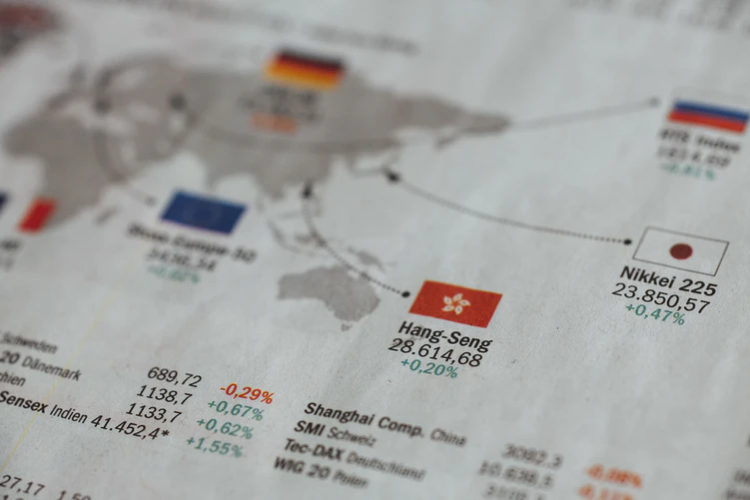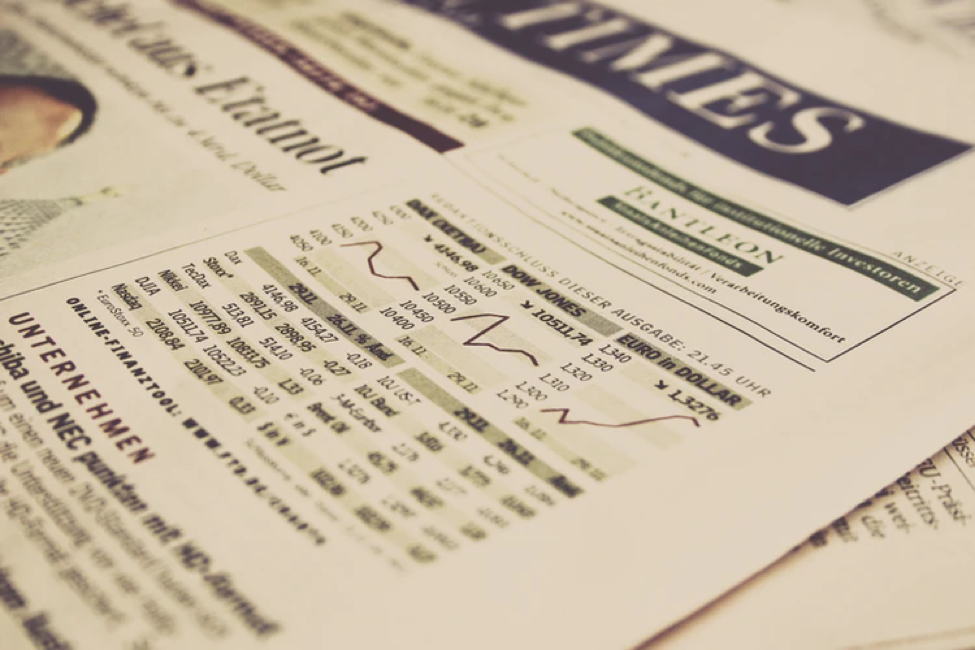
The Nikkei 225 is Japan’s most crucial index dating back to 1949. It is the country’s equivalence to the Dow Jones Industrial Average (DJIA) index and the FTSE 100 index in the US and UK. This piece will explore the Nikkei 225, its relevance, and how to trade its CFDs.
The Nikkie 225 index has several names, including the Nikkei index, the Nikkei Stock Average, and recently Nikkei, named after the Nihon Keizai Shimbun (The Nikkei), which is a Japanese newspaper.

It operates in Japanese Yen and comprises 225 Japanese well-established and financially sound companies traded on the Tokyo Stock Exchange. Unlike other capitalization-weighted indices, the Nikkei is price-weighted, meaning the index is an average of all the component companies’ share prices. The Japanese Stock market is the third-largest in the world, with the Nikkei representing the health of the country’s economy and that of Asia to no small extent. Since January 2010, updating of the Nikkei index occurs every 15 seconds during trading sessions.
Table of Contents
Tokyo Stock Exchange Index
Another important index in the Tokyo Stock Exchange is the Tokyo Stock Price Index (TOPIX). It is a Japanese stock market index calculated and published by the Tokyo Stock Exchange. Unlike the Nikkei, TOPIX is capitalization-weighted and tracks Japan’s largest firms by market capitalization listed in the First Section of the Tokyo Stock Exchange. The second section comprises the smaller firms in the exchange. While the Nikkei remains highly influential in the country’s economy, the TOPIX shows a more appropriate representation of price changes and incorporates the TSE’s largest companies. As of 2019, the Tokyo Stock Exchange had 2,292 listed companies with a total market capitalization of US$5.67 trillion.
What time does the Nikkei 225 market index open?
The Japanese Stock Exchange follows a typical Monday to Friday schedule. The Nikkei 225 index’s trading hours are between 9:00 – 11.30, and 12:30 – 15:00 (GMT+09:00) 5 trading days a week.
What companies are listed on the Japanese Nikkei 225 index?
Many influential indices in the world have their component reselection occurring quarterly; It is not the same with the Nikkei 225, which removes and adds eligible companies once a year through an Extraordinary Replacement process. The Nikkei 225 incorporates companies in 36 different industries with major sectors, including financials, transportation and utilities, technology, materials, consumer goods, and capital goods. The top-five Nikkei companies include Toyota Motor, Sumitomo Mitsui, Nippon Telegraph & Telephone, Docomo, and KDDI.
How is the Nikkei 225 calculated?
During the Tokyo Stock Exchange (TSE) trading hours, the Nikkei 225 index is calculated every five seconds. It adopts the Dow adjustment method for its calculation. This calculation is based on a weighted price average, meaning the sum of the component stock prices adjusted by the supposed par value is divided by the divisor.
The formula goes thus:
Nikkei Stock Average = the sum of adjusted stock price ÷ divisor
WHAT AFFECTS THE PRICE OF THE NIKKEI 225?
If you are looking forward to trading the Nikkei 225 index, there are a handful of factors you should bear in mind. These are influencers of the index, and they do not just include local news but also events that occur in major markets around the world.
Macroeconomic Indicators
These indicators are just vital pieces of data for the outlook of the country’s financial sector; they also influence the health of a country’s economy as a whole. Some of these indicators include gross domestic product, interest rates, government regulations and fiscal policies, deflation, and unemployment rate. Nikkei 225 comprises companies that rely on high levels of business activity to generate revenue; hence, any of these indicators can directly affect the index’s price.
Natural Disasters
Japan is one of the Asian countries with a high natural disaster rate due to its topography and climate. The Great East Japan Earthquake (GEJE) of 11 March 2011 had some telling effects on the Japanese Stock Market. Insurance stock prices declined immediately after the earthquake. The Nikkei 225 closed on 10 March at 10,434.38 yen but fell rapidly following the earthquake and nosedived 179.95 yen, to a closing price of 10,254 yen the next day.
Government Policies
In addition to boosting the currency, the government can make extensive changes to monetary and fiscal policies. These include increasing or decreasing interest rates, which has a significant impact on businesses across the country.
How to trade or invest in the Nikkei 225 CFDs
The Nikkei plays a vital role in the Japanese economy and also calls for attention from traders globally because of its vast opportunities. The Nikkei 225, as well as other indices, are benchmarks and can’t be purchased directly. However, the popular method of trading indices is using a CFD (Contract for Difference) account.

Instead of acquiring the index, a CFD account allows you to profit from the underlying asset’s price movement. Japan has an export-oriented economy, with the major consumer being the US, and follows Wall Street trends. Therefore, a trader’s primary strategy of trading the Nikkei 225 index CFDs includes keeping tabs on the Yen because Japanese exporters profit from a weaker Yen when they repatriate revenue made overseas. There are a handful of benefits of trading the Nikkei 225 index, and these include having to enter and exit trades with a minimum of slippage and profit from tight spreads due to the Nikkei’s liquidity and high trading volume. Secondly, if you are looking to diversify your portfolio, trading the Nikkei 225 index could prove very profitable. Experts claim the index can mirror the behavior of other markets such as the Dow Jones in the US; however, the Nikkei 225 index indicates a negative correlation with the Japanese Yen.
Final Words
The Nikkei 225 index remains an essential index in the Asian economy and mirrors that of other economies worldwide. It is a price-weighted index with unique differences that make it stand out from indices like FTSE or DAX. Traders can enjoy tight spreads, long trading hours, and the immense benefits of having lesser risk than capitalization-weighted indices. Trading the Nikkei 225 index calls for strategy and staying on top financial situations and government policies on major markets around the globe.